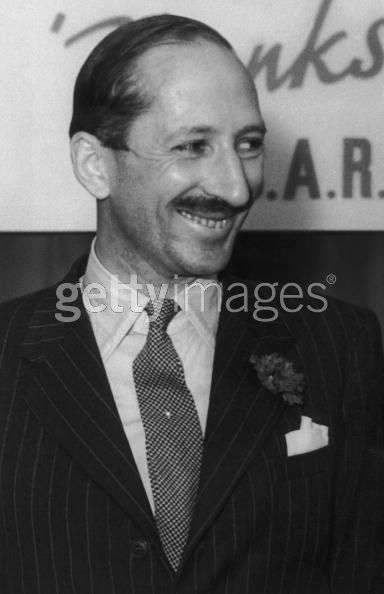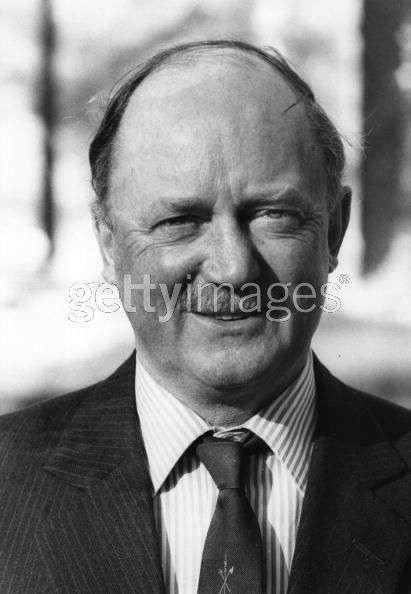1
World War Two / Re: Scots Guards 5th Ski battalion 1940, 2nd battalion 1940/43
« on: Tuesday 19 November 13 17:20 GMT (UK) »
Hi Bob
For what it's worth, I did a fair bit of digging on the 5th Battalion last year, much of it with Chris's help, working thru the list of names that Chris provided. Results are available on the link below
http://forum.axishistory.com/viewtopic.php?f=59&t=172747&p=1703821&hilit=scots+guards#p1703821
- just keep in mind that the writeup is part of an alaternative history so bits and pieces have been "tweaked" with regard to Finland.
Re titles of books, would be VERY interested in those if you could post them.
Cheers..............Nigel
For what it's worth, I did a fair bit of digging on the 5th Battalion last year, much of it with Chris's help, working thru the list of names that Chris provided. Results are available on the link below
http://forum.axishistory.com/viewtopic.php?f=59&t=172747&p=1703821&hilit=scots+guards#p1703821
- just keep in mind that the writeup is part of an alaternative history so bits and pieces have been "tweaked" with regard to Finland.
Re titles of books, would be VERY interested in those if you could post them.
Cheers..............Nigel
Dear Chris,
Many thanks for sharing your photographs off the 5th Battalion at Chamonix. Currently, I am carrying out research in to the 5th Battalion and in particular three men who were Polar explorers - Captain Martin Lindsay, Freddie Spencer Chapman and Colour Sgt Quintin Riley.
The research is part of a book concerning the war of Patrick Dalzel-Job with a considerable section on Norway where PDJ, Lindsay and Riley were closely linked.
If its any help, I have the titles of books which may help you further with your research and the role of the 5th Battalion.
Kind regards
Bob

